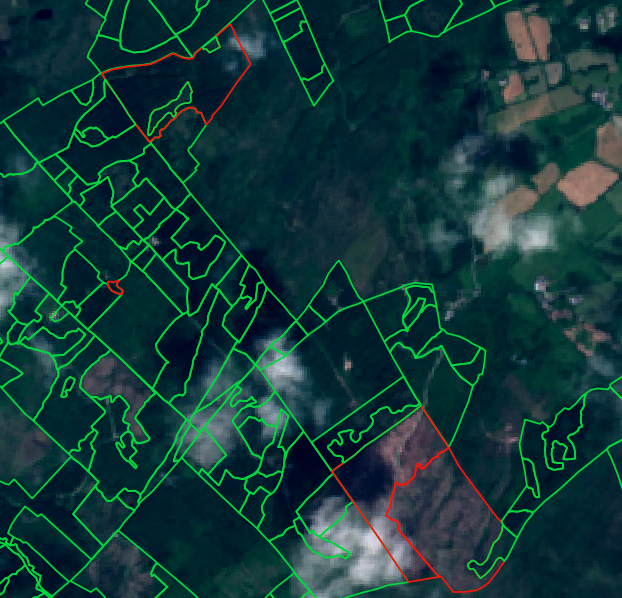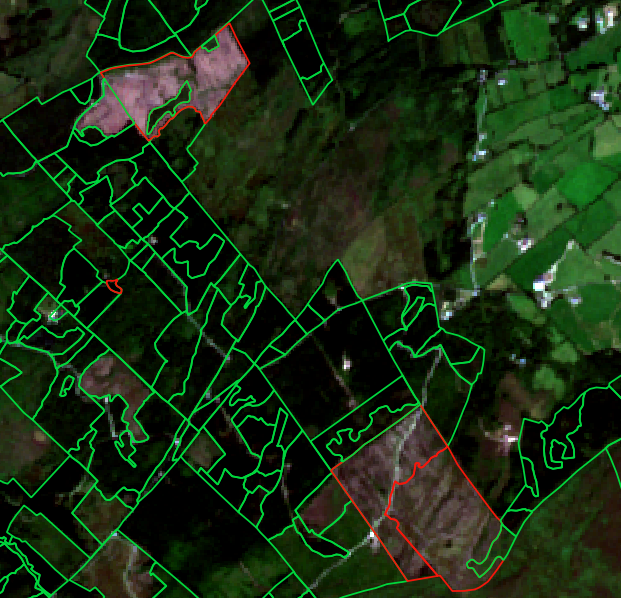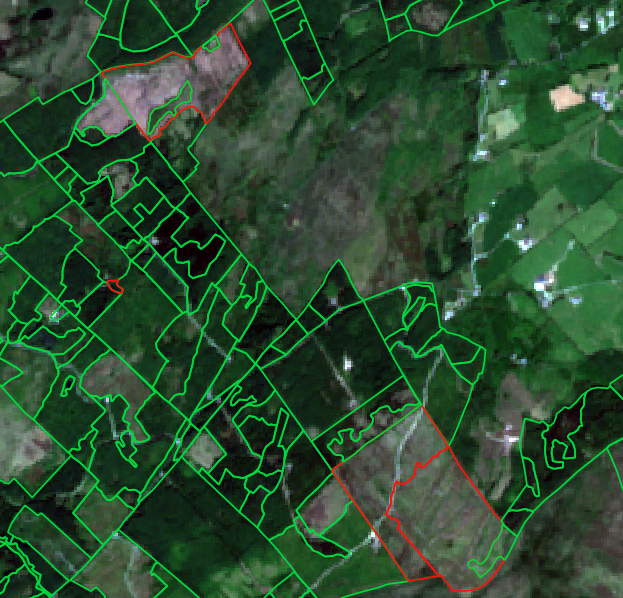Continuous forest monitoring of an entire national forest using satellite data covers a wide range of tasks that help to monitor, protect and sustainably manage forests worldwide. The identification of deforestation activities is particularly important here. Satellite images make it possible to identify areas where trees are being illegally felled or forests cleared. Satellite images continue to help track changes in land use. This includes not only deforestation, but also agriculture, urbanization and infrastructure projects that have an impact on forests. The condition and health of forests can also be monitored in this way. This includes the detection of diseases, pests and natural disturbances such as forest fires.



